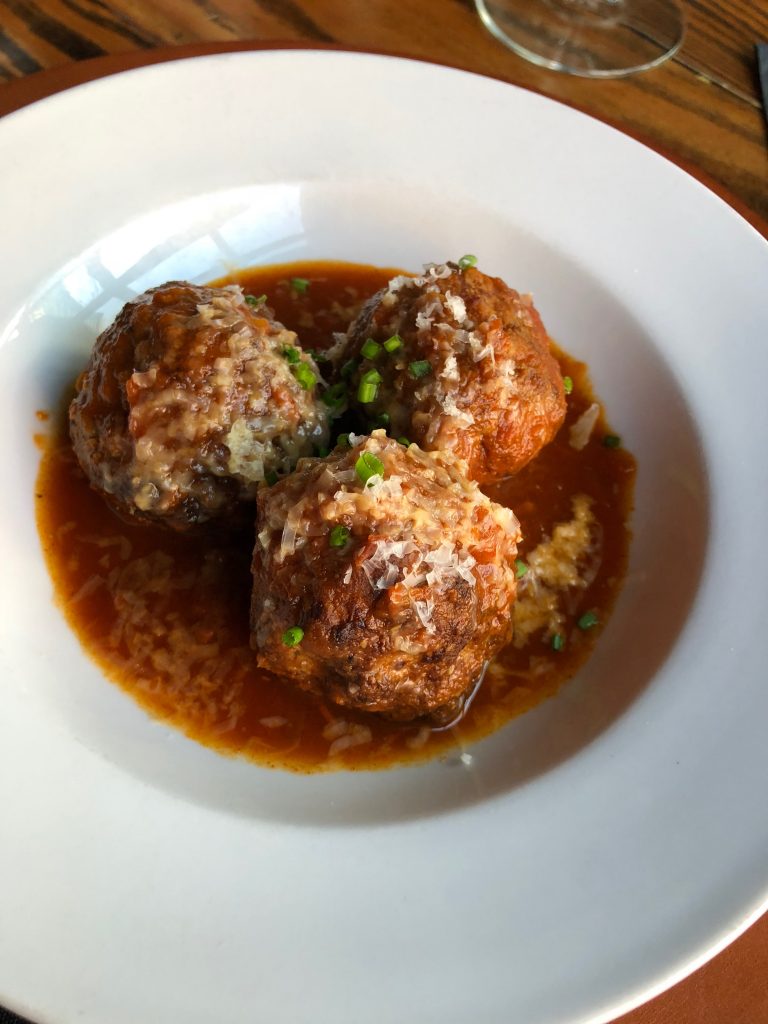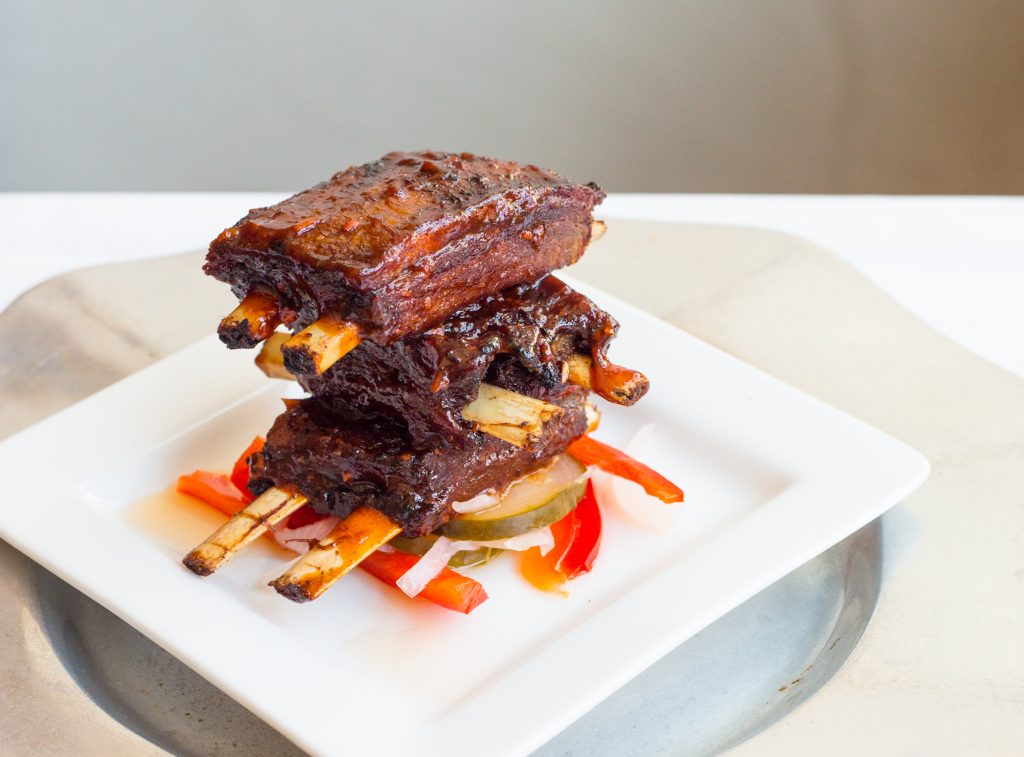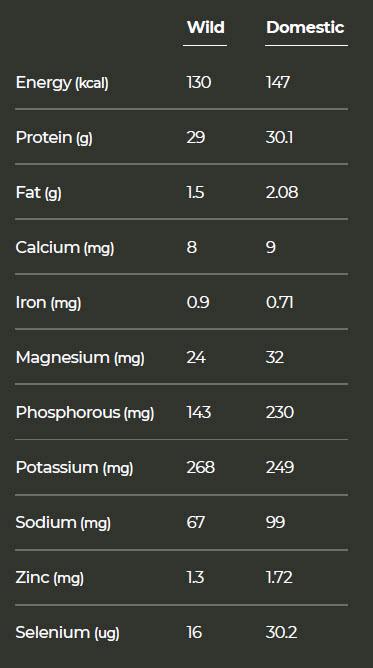On The Wild Side
Wild meat’s health benefits attract new hunters.
The thoughts of roasted wild turkey and barbecued venison steaks are luring more people into the ranks as hunters. And why not? Wild game is lower in fat, free of chemicals and rich in nutrients.
For die-hards, putting meat in the freezer has always been part of hunting. For many new hunters, and those returning to hunting, wild meat on the table is the main draw. This effect spiked during COVID-19 the past two years.
During the pandemic, hunting, like many outdoor activities, saw an increase in participation. The increases in license sales were impressive — Michigan (67%) and Maine (30%) saw substantial hikes, for example. Increases in sales of turkey permits rose in spring 2020 during the initial lockdown. Georgia turkey hunters increased 47%, and Indiana went up 28%.
There was much speculation of the reason for the increases, including fear of food shortages and people having more time on their hands. This trend started before COVID-19, though. And new hunters aren’t always coming from traditional male rural ranks, either. Hunting attracts urban “foodies” interested in organic meat, and the percentage of women hunting is increasing as well.
Pollster Mark Duda of Responsive Management found in a recently completed poll, food was the No. 2 reason why women went hunting, behind being in nature. He also found “Being able to put meat on the table,” tied for the top reason for women to increase or maintain their interest in hunting.
In an earlier study that asked all hunters the main reason for hunting, respondents rated meat as the top reason in 2017. It was also the No. 1 reason in 2013, but sport and recreation was the leading motivation in 2006 and earlier. Interestingly though, meat was the leading attraction in surveys four decades ago.
For the Health of It
Evidence is increasing that humans evolved by eating wild game, and many argue this is what a healthy diet should be today. Wisconsin University Professor Henry Bunn discovered an ancient butchery site in Tanzania about a decade ago that dates back 2 million years, and earlier date than prior evidence from Germany, which showed humans eating meat 400,000 years ago.

Bruce Watkins of Purdue University and anthropologist Loren Cordain of Colorado State University completed a study that looked at the role of dietary fat and its nutritional analysis in modern food versus what ancient hunter-gatherer societies ate. Using detailed chemical analysis, they looked at the meat people ate 10,000 years ago and compared it to modern livestock, which are usually fed a diet of oilseed-based feed. Their conclusion was wild game, like venison or elk, and grass-fed beef contain fats that are healthy. They claim the healthy meat lowers cholesterol and reduces chronic disease risk.
More specifically, a healthy diet should have the right mix of omega-6 and omega-3 fats. In the right quantity, Omega-3 can reduce cardiovascular disease, but too much can increase stroke risk. Omega-6 is an essential fat, but too much can lead to inflammatory reactions from chronic disease.
Watkins said the fatty acid ratio in wild ruminants is similar to the omega-3 levels in fish that are recommended by the American Heart Association to reduce cardiovascular disease. In other research, Cordain looked at the few remaining hunter-gatherer societies that remain and found heart disease, high cholesterol, obesity and diabetes are rare in those people.
Jumping ahead to more recent history, early North American settlers discovered the abundant game was a great source of food to feed themselves and their families. Those in the city didn’t have the same access to game, but wild fare and fish were still popular items on urban restaurant menus. This created a demand for market hunting, and combined with habitat loss, was responsible for plummeting wildlife populations, and in some cases, extinction. Fast forward a few decades and hunters were the driving source behind conservation and species re-introductions, such as the success with the wild turkey. Many North Americans moved to a diet higher in fat, but more recently health conscious consumers have been looking for lower fat meat again.
Using USDA data and comparing venison to beef, 3 ounces (85 grams) of venison roast has only 2.71 grams of fat, as compared to 4.53 grams for a beef round roast. It also has more protein and higher quantities of minerals. The results aren’t as dramatic comparing wild turkey to domestic birds but still show lower fat and higher quantities of most minerals (see below). The fat content of 100 grams of roasted game tells a thought-provoking story with moose (0.9g) and elk coming in less than domestic turkey (2.08g), which is often held up as a standard for low-fat meat. Even venison roast isn’t appreciably more at 3.19g.
For the Flavor of It
Today, many upscale restaurants serve wild game. Chef Tim Love, CNBC television personality and owner of several restaurants, has wild game on the menu in his Lonesome Dove Western Bistro restaurants in Texas and Tennessee.
A hunter growing up in north Texas, he was familiar with cooking wild game, and it naturally made its way onto his menu. His offerings include rack of elk, rabbit ravioli, Montana bison ribeye and rabbit-rattlesnake sausage.
“It’s more challenging versus cooking traditional meats and adds a unique flavor,” Love said of the wild meat. “We’ve always had very positive feedback, and overall the consensus seems to be that they love it.”
Love had a couple of suggestions for cooking wild game as opposed to domestic meat. “You want to cook it generally at a higher heat with less time, using an oil with a high flash point like peanut oil,” Love said. “It’s also very good cooked in a slow cooker.”

For more wild game like this wild boar entrée, visit: www.lonesomedovebistro.com.
Turkey by the Numbers

